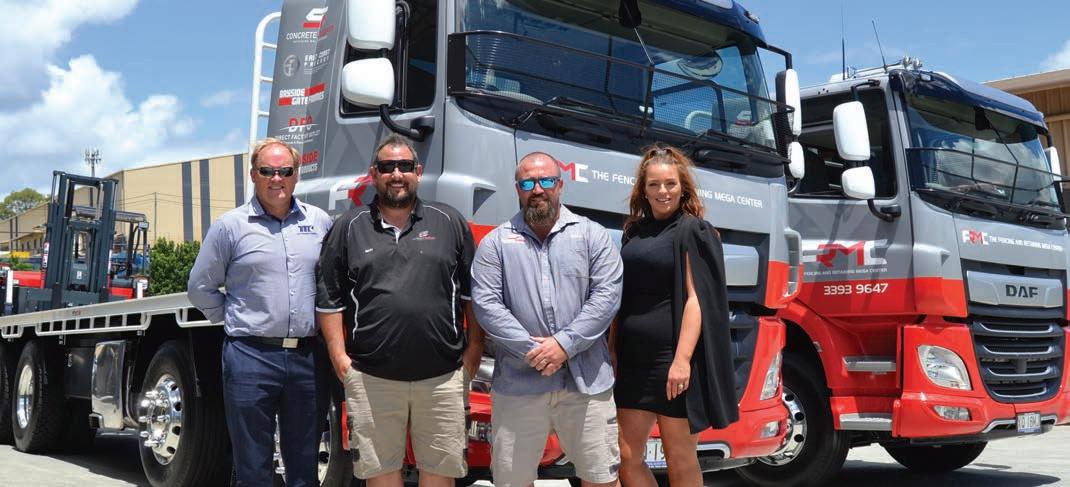
2 minute read
World Map
Urban myths
THE FUTURE OF URBAN TRANSPORTATION IS HERE. THE WORLD’S TOP TRANSPORT AND LOGISTICS PROVIDERS ARE INVESTING IN ALL-ELECTRIC ALTERNATIVES IN A BID TO COMBAT NOISE POLLUTION AND CARBON EMISSIONS. WHAT ELSE IN CHANGING IN THE LAST-MILE LANDSCAPE?
As veracious consumers, we are a demanding, impatient lot. These attitudes drive e-commerce trends – just look at the numbers that capped off postal service performance at the end of 2020. It is important to note that Covid-19 has widely influenced online shopping around the world. Germany’s DHL Express braced for an all-time high in e-commerce trade around the world with volume growth of around 35 per cent in 2020. As for the peak season last year, the transport and logistics provider projected an increase of shipments of more than 50 per cent yearon-year. Meanwhile, Australia Post delivered a record-breaking 52 million parcels last December, an increase of almost 20 per cent on the previous year. Such a tremendous spike in online sales calls for more road transport to deliver the goods. With more rigid-bodied vehicles and trailer combinations taking to the streets of urban population centres, there are concerns about public health (carbon emissions, noise pollution, congested roads) as well as business efficiencies (vehicle uptime and maximising payloads per trip).
What is the industry doing to meet this rising demand?
A report by the Capgemini Research Institute on last mile delivery challenges explores some of the ways in which
Walmart is engaged in an autonomous vehicle pilot for commercial deliveries in the US. retailers and transport companies are improving processes. Retailers, for instance, with a relatively small footprint are encouraged to collaborate with delivery companies and outsource accordingly. Similarly, reducing delivery costs is recommended by investing in optimised fulfilment locations, storage and collection points. In the age of automation, retailers should embrace the perks of automated warehouse operations, click-and-collect orders and autonomous delivery vehicles. When demand for delivery services peaks, retailers are encouraged to consider various fulfilment resources such as the gig economy. The report also calls for consumer-centric fulfilment offerings which would empower customers to visit stores for returns, for example, to presumably minimise last mile delivery tasks. Meanwhile, American multinational retail corporation, Walmart, which is based in Bentonville, Arkansas, continues its power plays in the urban transport scene. 2019 saw Walmart US eCommerce compete with Amazon by refining its last mile commitments. While Walmart reportedly employed 5,000 in-store pickers who assemble digital orders, Wall Street Journal reported at the time that the process is slow and costly compared to specialised distribution centre fulfilment. Also, crowdsourced drivers who deliver most Walmart goods to homes often require incentives to take on heavy grocery jobs. There are also some delivery firms working with Walmart that are raising pay, while others are grouping orders in advance to give drivers more reliable work.







